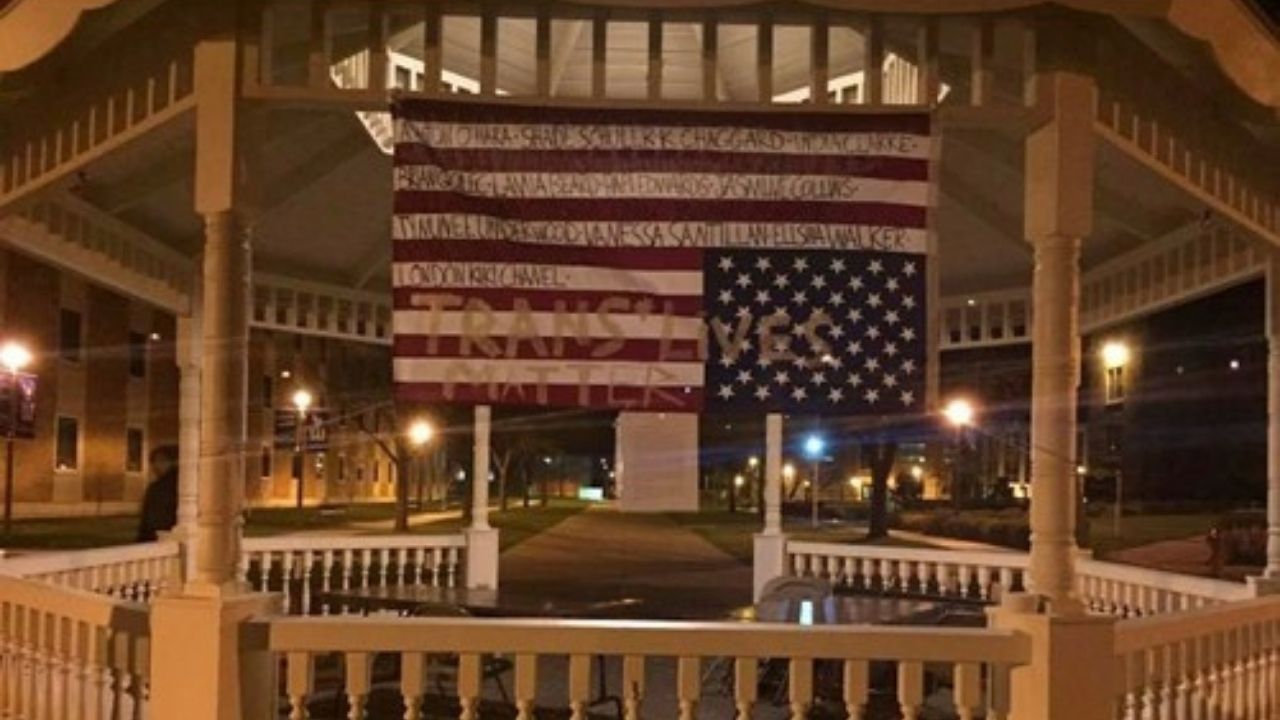
As a Winona State University alum of the Women’s, Gender, and Sexuality Studies Program, Cole Moravec’s degree “fueled (his) fire to stand up for what is right and to be part of the change.”
Impacting his activism on every level, the WGSS program not only educated and helped him enter into critical conversations about the world around him and what the world can strive for, but also it helped him “navigate the world as a grown queer person.”
It prepared him for the challenges faced in the everyday life of a queer person.
By studying Women’s Gender and Sexuality Studies, students like Moravec are able to engage in conversations between themselves and history, while deepening their understanding of the world and giving them tools they need to change it.
As an activist, Moravec used those tools to help create change on Winona State’s campus.
In 2015, Moravec along with other queer activists at Winona State, sought to bring awareness to the Transgender Day of Remembrance — which has been celebrated each year on Nov. 20th since 1999 as a way to honor the life of Rita Hester, a transgender woman who was killed in 1998, along with all transgender people whose lives have been taken by anti-transgender violence.
Moravec and other activists that year displayed an upside-down US flag that had painted on it the words “Trans Lives Matter” with all the names of trans people who had been murdered in the U.S. that year.
“We knew we would get a lot of back-lash from students and faculty, but we needed something to get people talking about trans lives, specifically on campus,” Moravec said as he remembered the experience. “People didn’t understand the gravity of how dangerous it can be to be out.”
The first flag was taken down a few hours after it was displayed, leading Moravec and his friends to hang another flag — which only lasted an hour. The backlash that the activists received made them fear for their lives.

“Shortly after we received nasty messages and a couple death threats,” Moravec said. “My friends and I didn’t leave each other’s sides for a week.”
This same incident exists within a context of the history of violence against trans individuals, which is often compounded with other forms of oppression. As Andrea Ritchie has reported in “Invisible No More Police Violence Against Black Women and Women of Color,” Black trans women experience the interlocking oppressions of racism, transphobia, and misogyny.
According to PBS, as of Nov. 9th, 2021 there have been 45 trans homicides in the United States, making it the deadliest year on record for transgender people, with most of those deaths being Black or Latinx individuals.
According to the UCLA Williams Institute, in 2020, 79 percent of Black LGBT adults reported facing verbal insults or abuse, and 60% reported being threatened with violence.
There is a history and continued reality of violence against Black trans people in this country. When looking at Transgender Day of Remembrance, it is important to acknowledge the disproportionate rate of violence against BIPOC in the trans community.
Along with this history of violence, there is a long history of resistance.
Winona State is one of the many places that has a history of queer organizing, as Moravec explained. Moravec was involved in the early Knowledge, Empowerment, Advocacy, Pluralism Center (known as KEAP Center), and was a member of the KEAP Coalition of students who demanded the Indigenous Learning Garden on Campus. Moravec was also a LGBTQ+ safe space trainer.
The KEAP Center was formed in 2012 after a student coalition created the No Space Movement. The No Space Coalition wanted a space on campus for “students of different races, ages, economic statuses, sexual orientations, gender, and backgrounds,” according to the Winonan.
These students fought for the right for a safe space for students who experienced hate on campus. According to the Winonan, outside of the Gazebo, in the middle of campus, “several members of the coalition have erected and manned a ramshackle structure made of two-by-fours, cardboard, and sheet plastic to represent the emptiness where they felt their space ought to be.”
The students came together to fight for a space, and they got it. Initially a few blocks off campus, the KEAP center now lives in Krysko Commons. They work to “create an inclusive atmosphere for all people, organizations, and groups on the WSU campus.” This center has been instrumental in the lives of students here on campus. By listening to the demands of its students and creating the KEAP Center, WSU moved toward a more inclusive campus — but there is still work to be done.
In 2021, the Transgender Day of Remembrance vigil at the Lutheran Campus Center was a solemn occasion that recognized the lives of each trans person who had been taken by violence this year.
There are still students on campus who are passionate and committed to educating each other in hopes to continue the move towards a more inclusive campus.
Contributed blog was written by: WSU Student Rae Peter (They/Them)